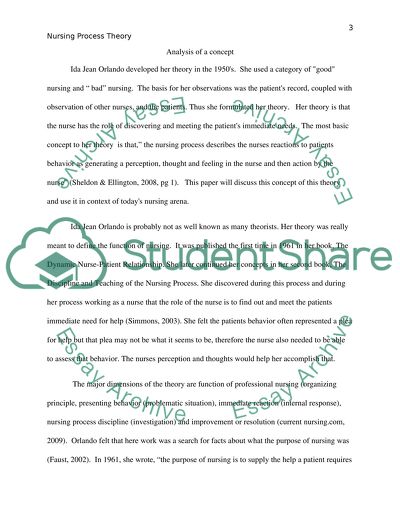Cite this document
(“Nursing Practice Concept Analysis Essay Example | Topics and Well Written Essays - 2000 words”, n.d.)
Retrieved from https://studentshare.org/health-sciences-medicine/1519573-nursing-practice-concept-analysis
Retrieved from https://studentshare.org/health-sciences-medicine/1519573-nursing-practice-concept-analysis
(Nursing Practice Concept Analysis Essay Example | Topics and Well Written Essays - 2000 Words)
https://studentshare.org/health-sciences-medicine/1519573-nursing-practice-concept-analysis.
https://studentshare.org/health-sciences-medicine/1519573-nursing-practice-concept-analysis.
“Nursing Practice Concept Analysis Essay Example | Topics and Well Written Essays - 2000 Words”, n.d. https://studentshare.org/health-sciences-medicine/1519573-nursing-practice-concept-analysis.


